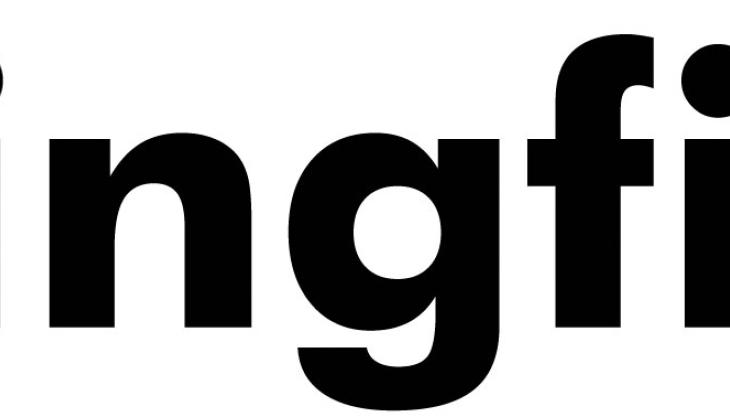Wear protection with Kingfisher Industrial

The arduous conditions encountered in quarrying applications can cause many types of plant and equipment to degrade and fail prematurely. One of the major reasons for these failures is abrasion.
During the many stages of the quarrying process – crushing, washing, screening and classifying – abrasive minerals are in direct contact with equipment. The resulting friction causes equipment to be worn at a rate dependent on the type, size, volume and hardness of the material being processed. That said, establishing this rate is important because it determines the extent of investment needed to protect plant and equipment from future failures.
‘Investment in plant is always about achieving an economic balance,’ said John Connolly, managing director of wear-protection specialists Kingfisher Industrial. ‘However, employing wear protection is far more cost-effective than having to provide regular maintenance and repair of equipment at regular intervals due to problems associated with wear and erosion.
‘We have calculated that, on average, users of our wear-protection systems – polymer, ceramic and metallic – benefit by a factor of five times their initial outlay, with many installations providing wear life of up to 20 years, following appropriate wear treatment.’
Traditionally, metallic materials such as QT and manganese plate and castings have been used as wear-protection solutions in various quarrying crushing operations, where the product is handled and crushed down to a minus-sized aggregate.
As further processing is undertaken for sand and small aggregate, polymer type materials, such as rubber and polyurethane operating in a hydraulic state, have been used with great success. As with all solutions to problems, careful consideration has to be given to identifying what unique issues associated with grades and mineral types are prevalent, as a ‘one size fits all’ approach very rarely succeeds.
‘By implementing sound practice at the design and refurbishment stages of plant improvements, we can often match the protection system to plant and operation longevity and prevent the ongoing problems associated with maintenance and repair,’ said Mr Connolly. ‘As a result of identifying all key criteria, we are able to make sound recommendations supported by firm performance guarantees. This option reduces the inherent risk of uneconomic investment, as the costs of replacement can outweigh the initial CAPEX cost.’
A key benefit of Kingfisher’s wear protection systems is that they can be employed at any time in the life of quarrying plant. However, if the plant is designed with wear protection from its inception, then overall equipment costs can usually be reduced. This is because the system chosen to protect the equipment (the liner) can often remove the requirement to manufacture components using heavier grades of material. The liner provides the required protection, rather than the structure itself – therefore protection need only be applied to areas of plant that are most vulnerable to wear, further reducing upfront costs and improving ROI for the system user.
Using a combination of ceramic, metallic and polymer lining systems, Kingfisher say they have had overwhelming success in protecting equipment and extending the service life of plant that would otherwise be designated as scrap. In many cases the benefits of protecting plant are threefold; in addition to protecting against wear, the low friction nature of the lining material reduces energy usage and allows a greater volume of material to be processed.
For example, Kingfisher have achieved particular success with their low-friction K-PLAS lining system, which is said to be lightweight, quick and easy to install. It protects key items of equipment, providing a sacrificial liner that guards against wear while allowing total discharge of material for operators to achieve maximum efficiency of discharge versus load. In the right application, a 10–20mm thick K-PLAS liner offers comparable performance to various grades of stainless and abrasion-resistant steel plate, and is well suited to materials such as chalk, limestone and gypsum.
Using the K-PLAS system also helps reduce plant maintenance; with a suitable lining in place, the ongoing cost problems of interruptions to production as a result of blocked hoppers, silos and transfer chutes are avoided.
There are safety benefits to be gained too, as the operator has none of the risks involved with personnel working in confined spaces, sometimes at height, performing hot work and lifting operations. In addition, the tasks of organizing access platforms and plant hire, with their attendant costs and risks, are no longer necessary.



